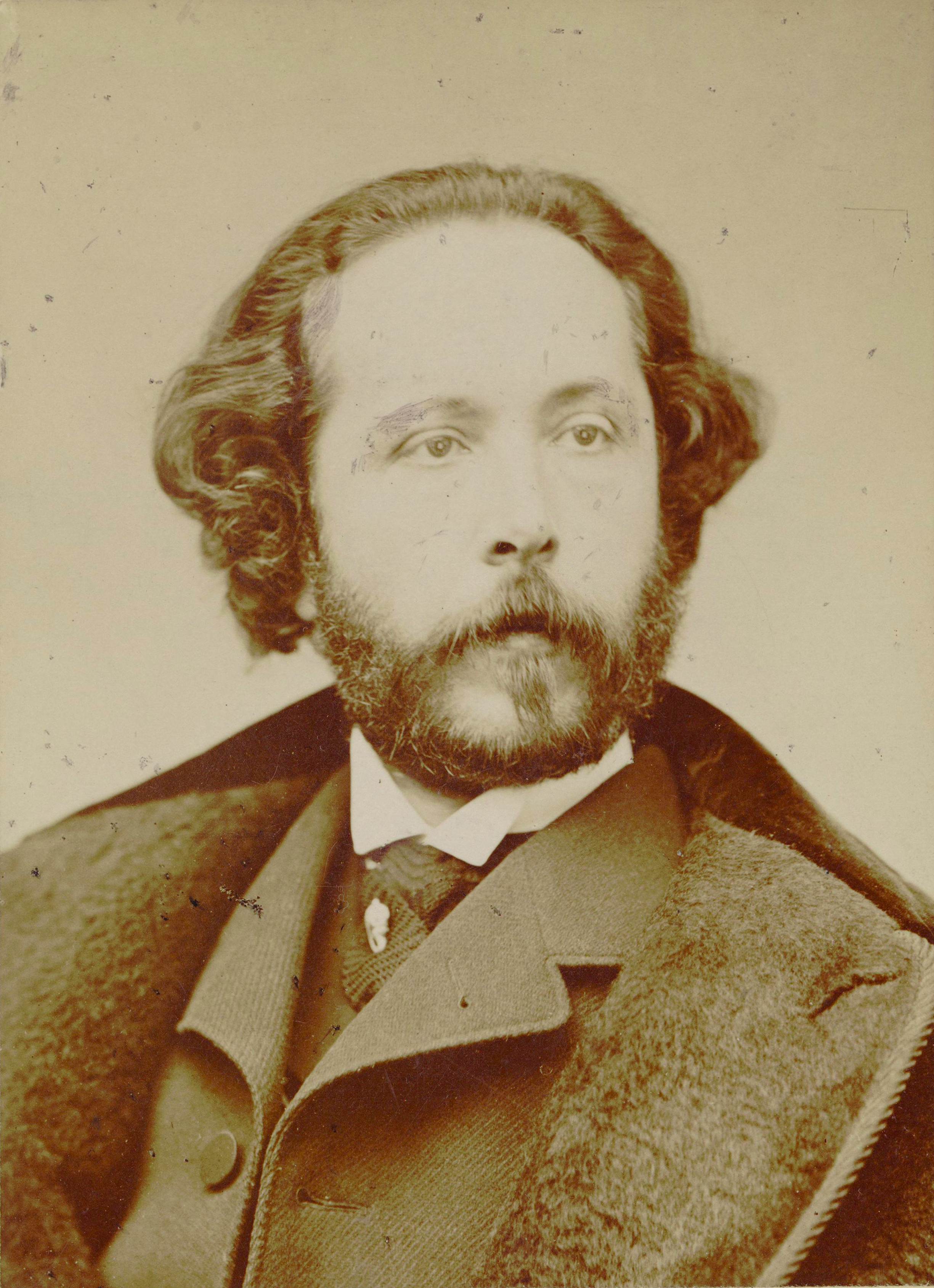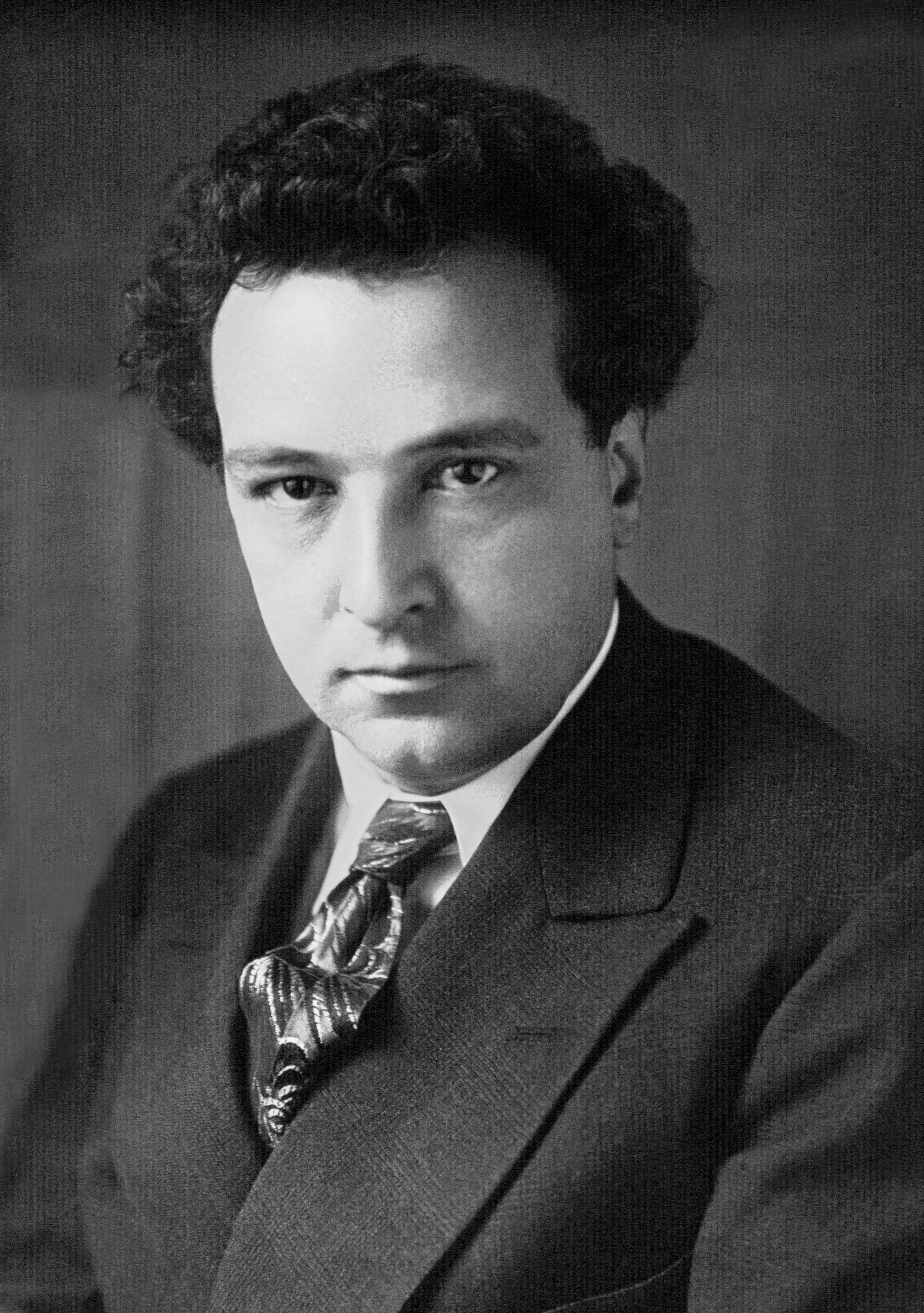|
Maurice Maréchal
Maurice Maréchal (3 October 1892 – 19 April 1964) was a French classical cellist. Maurice Maréchal was born in Dijon at the home of his parents, Jules Jacques Maréchal, an employee for Posts and Telegraphs, and Martha Justine Morier. After studying at the conservatory in his hometown, in 1905 he entered the Paris Conservatory where he studied with Jules-Leopold Loeb and won his first cello award in 1911 at the age of 19. World War I Three years later, France entered World War I, and Maréchal was drafted. He recorded his daily routine from August 1914 to February 1919 in his diaries, and recounted how two carpenter comrades carved him a rudimentary wooden cello from an ammunition box, with which he played for religious services and for officers. While in the service he met other musicians, including Gustave Cloëz, Lucien Durosoir, André Caplet and Henri Lemoine, and formed with them a small ensemble that performed before the officer staff. Maréchal was awarded the C ... [...More Info...] [...Related Items...] OR: [Wikipedia] [Google] [Baidu] |
Dijon
Dijon (, , ) (dated) * it, Digione * la, Diviō or * lmo, Digion is the prefecture of the Côte-d'Or department and of the Bourgogne-Franche-Comté region in northeastern France. the commune had a population of 156,920. The earliest archaeological finds within the city limits of Dijon date to the Neolithic period. Dijon later became a Roman settlement named ''Divio'', located on the road between Lyon and Paris. The province was home to the Dukes of Burgundy from the early 11th until the late 15th centuries, and Dijon became a place of tremendous wealth and power, one of the great European centres of art, learning, and science. The city has retained varied architectural styles from many of the main periods of the past millennium, including Capetian, Gothic, and Renaissance. Many still-inhabited town-houses in the city's central district date from the 18th century and earlier. Dijon's architecture is distinguished by, among other things, '' toits bourguignons'' (Burgu ... [...More Info...] [...Related Items...] OR: [Wikipedia] [Google] [Baidu] |
The Straits Times
''The Straits Times'' is an English-language daily broadsheet newspaper based in Singapore and currently owned by SPH Media Trust (previously Singapore Press Holdings). ''The Sunday Times'' is its Sunday edition. The newspaper was established on 15 July 1845 as ''The Straits Times and Singapore Journal of Commerce''. ''The Straits Times'' is considered a newspaper of record for Singapore. The print and digital editions of ''The Straits Times'' and ''The Sunday Times'' have a daily average circulation of 364,134 and 364,849 respectively in 2017, as audited by Audit Bureau of Circulations Singapore. Myanmar and Brunei editions are published, with newsprint circulations of 5,000 and 2,500 respectively. History The original conception for ''The Straits Times'' has been debated by historians of Singapore. Prior to 1845, the only English-language newspaper in Singapore was ''The'' ''Singapore Free Press'', founded by William Napier in 1835. Marterus Thaddeus Apcar, an Armenian mer ... [...More Info...] [...Related Items...] OR: [Wikipedia] [Google] [Baidu] |
1964 Deaths
Events January * January 1 – The Federation of Rhodesia and Nyasaland is dissolved. * January 5 - In the first meeting between leaders of the Roman Catholic and Orthodox churches since the fifteenth century, Pope Paul VI and Patriarch Athenagoras I of Constantinople meet in Jerusalem. * January 6 – A British firm, the Leyland Motors, Leyland Motor Corp., announces the sale of 450 buses to the Cuban government, challenging the United States blockade of Cuba. * January 9 – ''Martyrs' Day (Panama), Martyrs' Day'': Armed clashes between United States troops and Panamanian civilians in the Panama Canal Zone precipitate a major international crisis, resulting in the deaths of 21 Panamanians and 4 U.S. soldiers. * January 11 – United States Surgeon General Luther Terry reports that smoking may be hazardous to one's health (the first such statement from the U.S. government). * January 12 ** Zanzibar Revolution: The predominantly Arab government of Zanzibar is overthrown b ... [...More Info...] [...Related Items...] OR: [Wikipedia] [Google] [Baidu] |
1892 Births
Year 189 ( CLXXXIX) was a common year starting on Wednesday (link will display the full calendar) of the Julian calendar. At the time, it was known as the Year of the Consulship of Silanus and Silanus (or, less frequently, year 942 ''Ab urbe condita''). The denomination 189 for this year has been used since the early medieval period, when the Anno Domini calendar era became the prevalent method in Europe for naming years. Events By place Roman Empire * Plague (possibly smallpox) kills as many as 2,000 people per day in Rome. Farmers are unable to harvest their crops, and food shortages bring riots in the city. China * Liu Bian succeeds Emperor Ling, as Chinese emperor of the Han Dynasty. * Dong Zhuo has Liu Bian deposed, and installs Emperor Xian as emperor. * Two thousand eunuchs in the palace are slaughtered in a violent purge in Luoyang, the capital of Han. By topic Arts and sciences * Galen publishes his ''"Treatise on the various temperaments"'' (aka ' ... [...More Info...] [...Related Items...] OR: [Wikipedia] [Google] [Baidu] |
Musicians From Dijon
A musician is a person who composes, conducts, or performs music. According to the United States Employment Service, "musician" is a general term used to designate one who follows music as a profession. Musicians include songwriters who write both music and lyrics for songs, conductors who direct a musical performance, or performers who perform for an audience. A music performer is generally either a singer who provides vocals or an instrumentalist who plays a musical instrument. Musicians may perform on their own or as part of a group, band or orchestra. Musicians specialize in a musical style, and some musicians play in a variety of different styles depending on cultures and background. A musician who records and releases music can be known as a recording artist. Types Composer A composer is a musician who creates musical compositions. The title is principally used for those who write classical music or film music. Those who write the music for popular songs may ... [...More Info...] [...Related Items...] OR: [Wikipedia] [Google] [Baidu] |
French Classical Cellists
French (french: français(e), link=no) may refer to: * Something of, from, or related to France ** French language, which originated in France, and its various dialects and accents ** French people, a nation and ethnic group identified with France ** French cuisine, cooking traditions and practices Fortnite French places Arts and media * The French (band), a British rock band * "French" (episode), a live-action episode of ''The Super Mario Bros. Super Show!'' * ''Française'' (film), 2008 * French Stewart (born 1964), American actor Other uses * French (surname), a surname (including a list of people with the name) * French (tunic), a particular type of military jacket or tunic used in the Russian Empire and Soviet Union * French's, an American brand of mustard condiment * French catheter scale, a unit of measurement of diameter * French Defence, a chess opening * French kiss, a type of kiss involving the tongue See also * France (other) * Franch, a surname * French ... [...More Info...] [...Related Items...] OR: [Wikipedia] [Google] [Baidu] |
Dijon Cathedral
Dijon Cathedral, or the Cathedral of Saint Benignus of Dijon (french: Cathédrale Saint-Bénigne de Dijon), is a Roman Catholic church architecture, church located in the town of Dijon, Burgundy (region), Burgundy, France, and dedicated to Saint Benignus of Dijon. The Gothic architecture, Gothic cathedral building, constructed between 1280 and 1325, and dedicated on 9 April 1393, is a Monument historique, listed national monument. Originating as the church of the Abbey of St. Benignus, it became the seat of the Diocese of Dijon during the French Revolution, replacing the previous cathedral when it was secularised, and has been the seat of the succeeding Archbishopric of Dijon since the elevation of the diocese in 2002. History The first church here was a basilica built over the supposed sarcophagus of Saint Benignus, which was placed in a crypt constructed for it by Saint Gregory of Langres in 511; the basilica over the crypt was completed in 535. From the early 9th centur ... [...More Info...] [...Related Items...] OR: [Wikipedia] [Google] [Baidu] |
American Expeditionary Force
The American Expeditionary Forces (A. E. F.) was a formation of the United States Army on the Western Front of World War I. The A. E. F. was established on July 5, 1917, in France under the command of General John J. Pershing. It fought alongside French Army, British Army, Canadian Army, New Zealand Army and Australian Army units against the Imperial German Army. A small number of A. E. F. troops also fought alongside Italian Army units in that same year against the Austro-Hungarian Army. The A. E. F. helped the French Army on the Western Front during the Aisne Offensive (at the Battle of Château-Thierry and Battle of Belleau Wood) in the summer of 1918, and fought its major actions in the Battle of Saint-Mihiel and the Meuse-Argonne Offensive in the latter part of 1918. Formation President Woodrow Wilson initially planned to give command of the A. E. F. to Gen. Frederick Funston, but after Funston's sudden death, Wilson appointed Major General John J. Pershing in May ... [...More Info...] [...Related Items...] OR: [Wikipedia] [Google] [Baidu] |
Édouard Lalo
Édouard-Victoire-Antoine Lalo (27 January 182322 April 1892) was a French composer. His most celebrated piece is the ''Symphonie espagnole'', a five-movement concerto for violin and orchestra, which remains a popular work in the standard repertoire. Biography Lalo was born in Lille, in the northernmost part of France. He attended that city's conservatoire in his youth. Beginning at age 16, he studied at the Paris Conservatoire under François Antoine Habeneck. Habeneck conducted student concerts at the Conservatoire from 1806 and became the founding conductor of the Orchestre de la Société des Concerts du Conservatoire in 1828. For several years, Lalo worked as a string player and teacher in Paris. In 1848, he joined with friends to found the Armingaud Quartet, in which he played the viola and later, second violin. His earliest surviving compositions are songs and chamber works (two early symphonies were destroyed). In 1865, Lalo married Julie Besnier de Maligny, a contral ... [...More Info...] [...Related Items...] OR: [Wikipedia] [Google] [Baidu] |
Darius Milhaud
Darius Milhaud (; 4 September 1892 – 22 June 1974) was a French composer, conductor, and teacher. He was a member of Les Six—also known as ''The Group of Six''—and one of the most prolific composers of the 20th century. His compositions are influenced by jazz and Brazilian music and make extensive use of polytonality. Milhaud is considered one of the key modernist composers.Reinhold Brinkmann & Christoph Wolff, ''Driven into Paradise: The Musical Migr ... [...More Info...] [...Related Items...] OR: [Wikipedia] [Google] [Baidu] |
Arthur Honegger
Arthur Honegger (; 10 March 1892 – 27 November 1955) was a Swiss composer who was born in France and lived a large part of his life in Paris. A member of Les Six, his best known work is probably ''Antigone'', composed between 1924 and 1927 to the French libretto by Jean Cocteau based on the tragedy ''Antigone'' by Sophocles. It premiered on 28 December 1927 at the Théâtre Royal de la Monnaie with sets designed by Pablo Picasso and costumes by Coco Chanel. However, his most frequently performed work is probably the orchestral work ''Pacific 231'', which was inspired by the sound of a steam locomotive. Biography Born Oscar-Arthur Honegger (the first name was never used) to Swiss parents in Le Havre, France, he initially studied harmony with Robert-Charles Martin (to whom he dedicated his first published work and violin in Le Havre. After studying for two years at the Zurich Conservatory, he enrolled in the Paris Conservatoire from 1911 to 1918, studying with both Charl ... [...More Info...] [...Related Items...] OR: [Wikipedia] [Google] [Baidu] |





.png)

